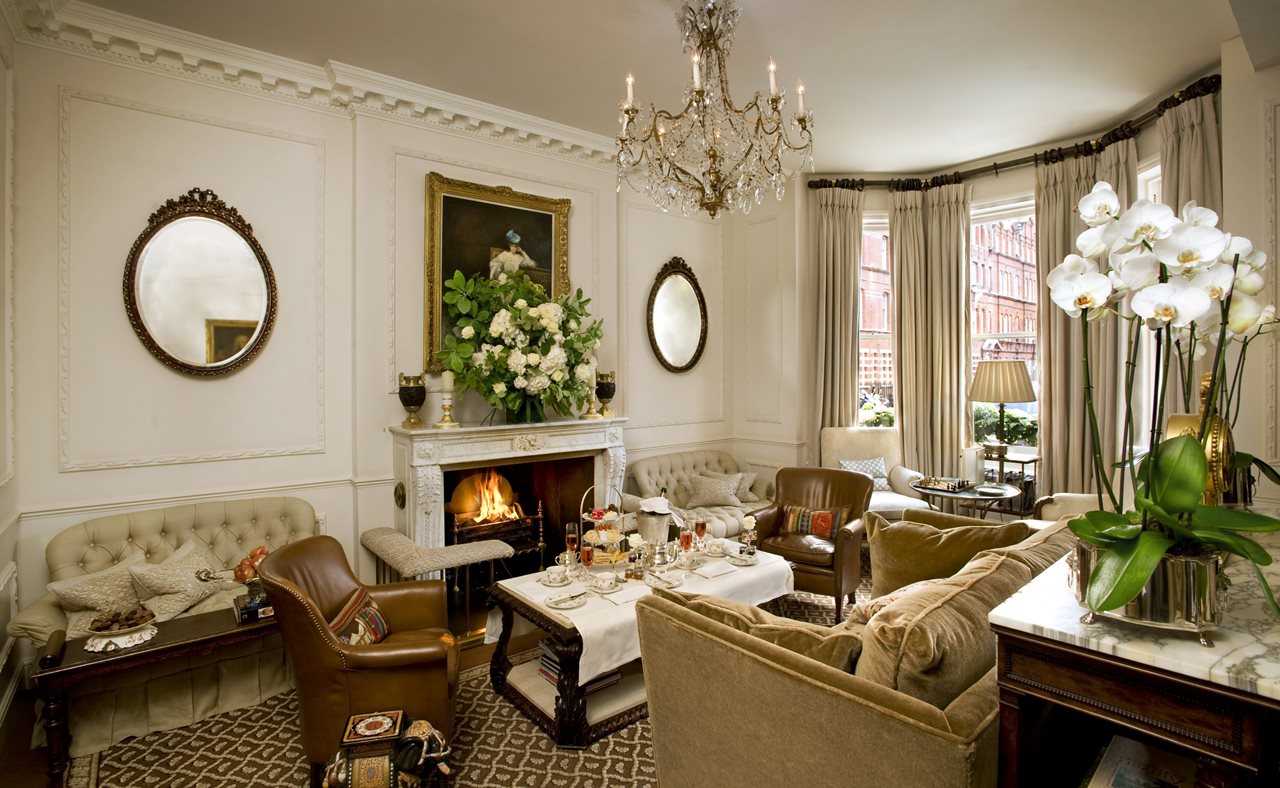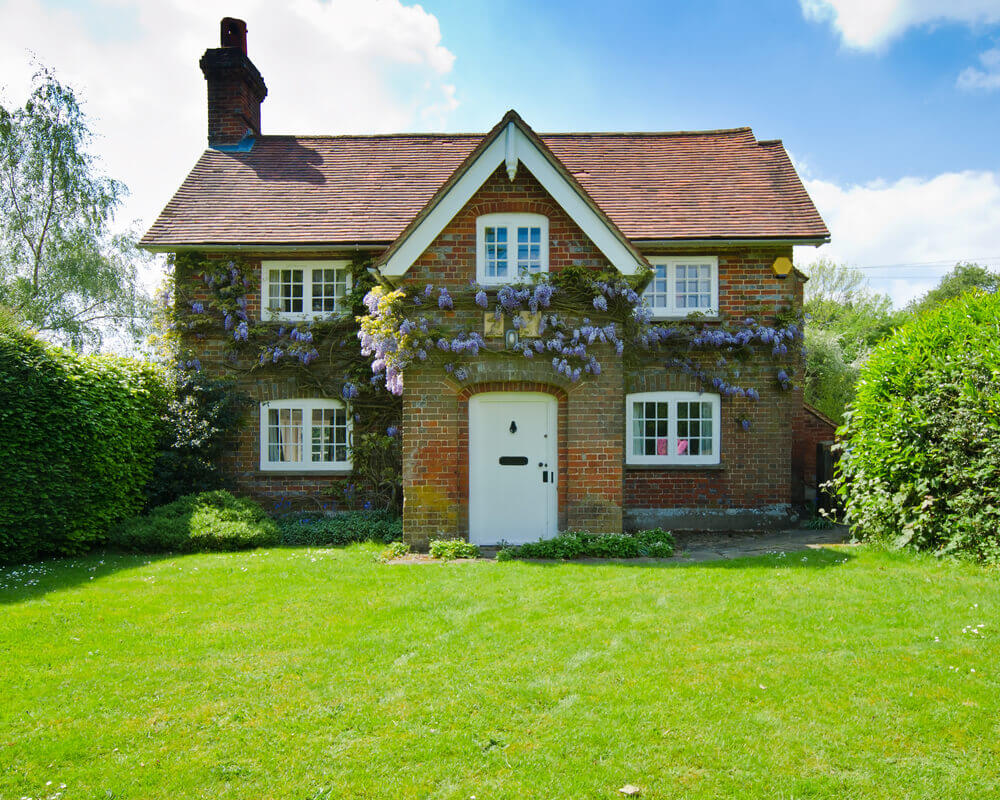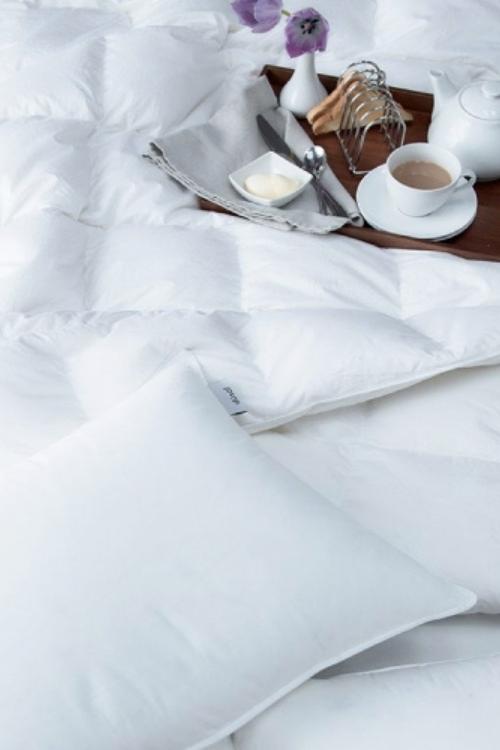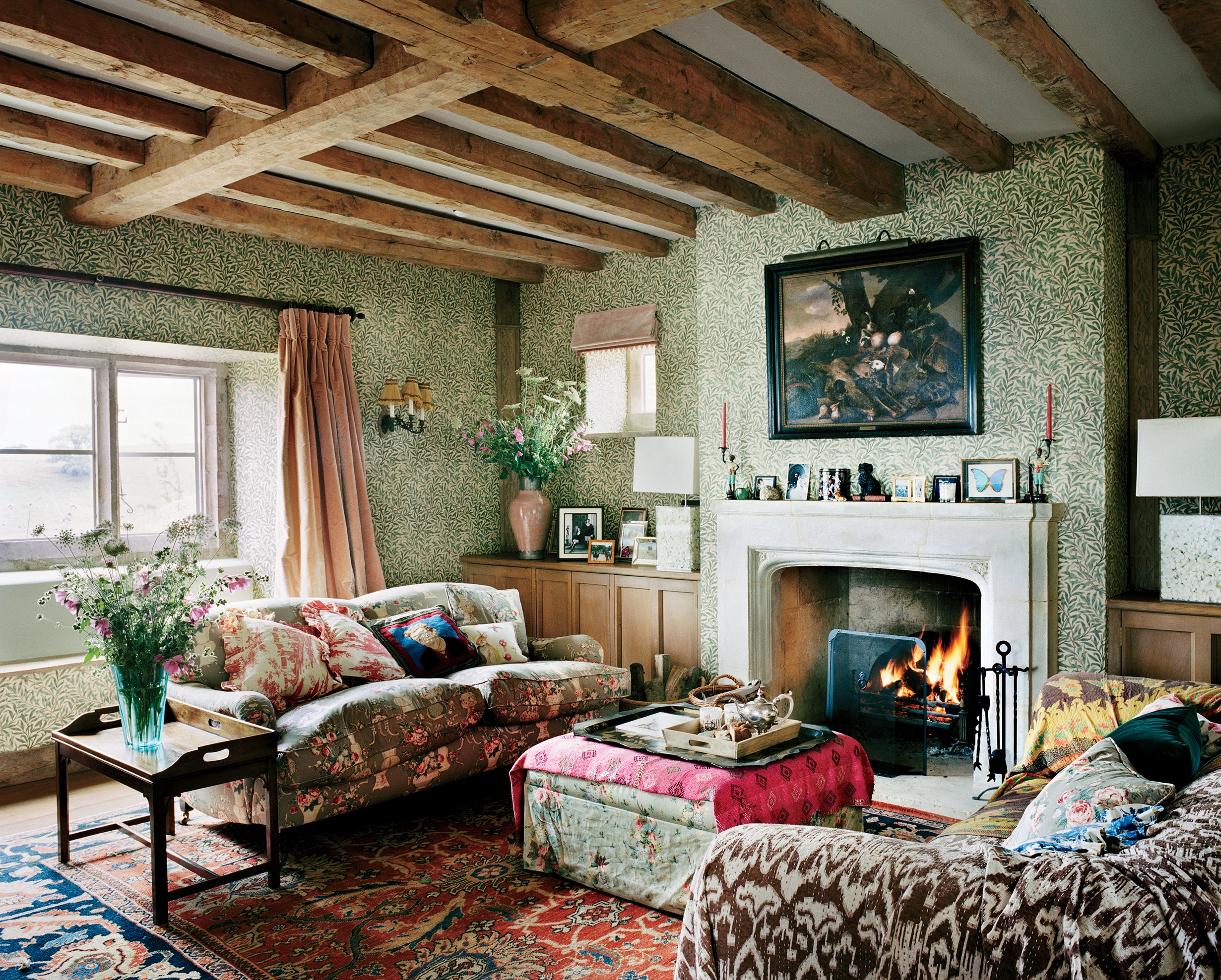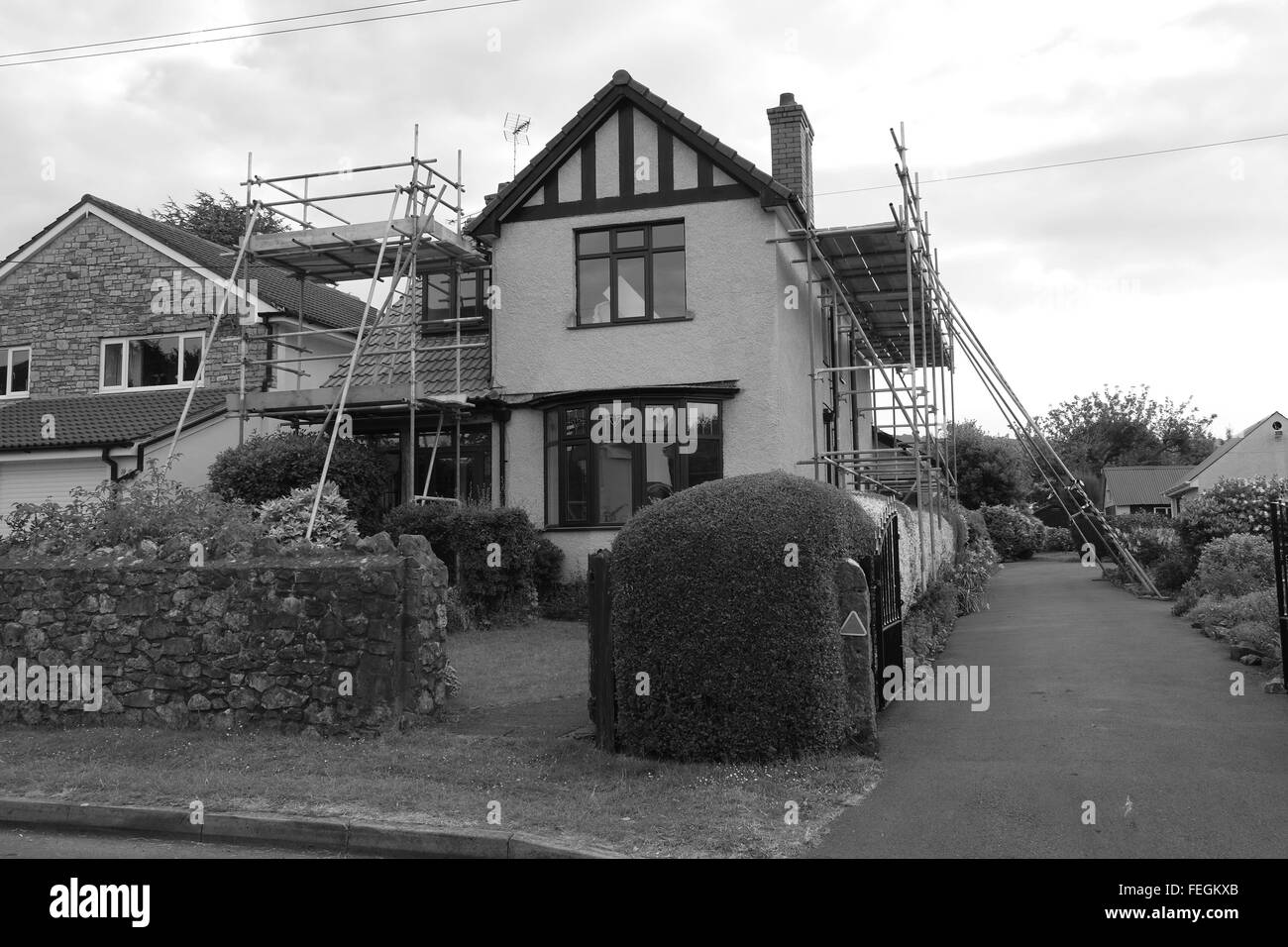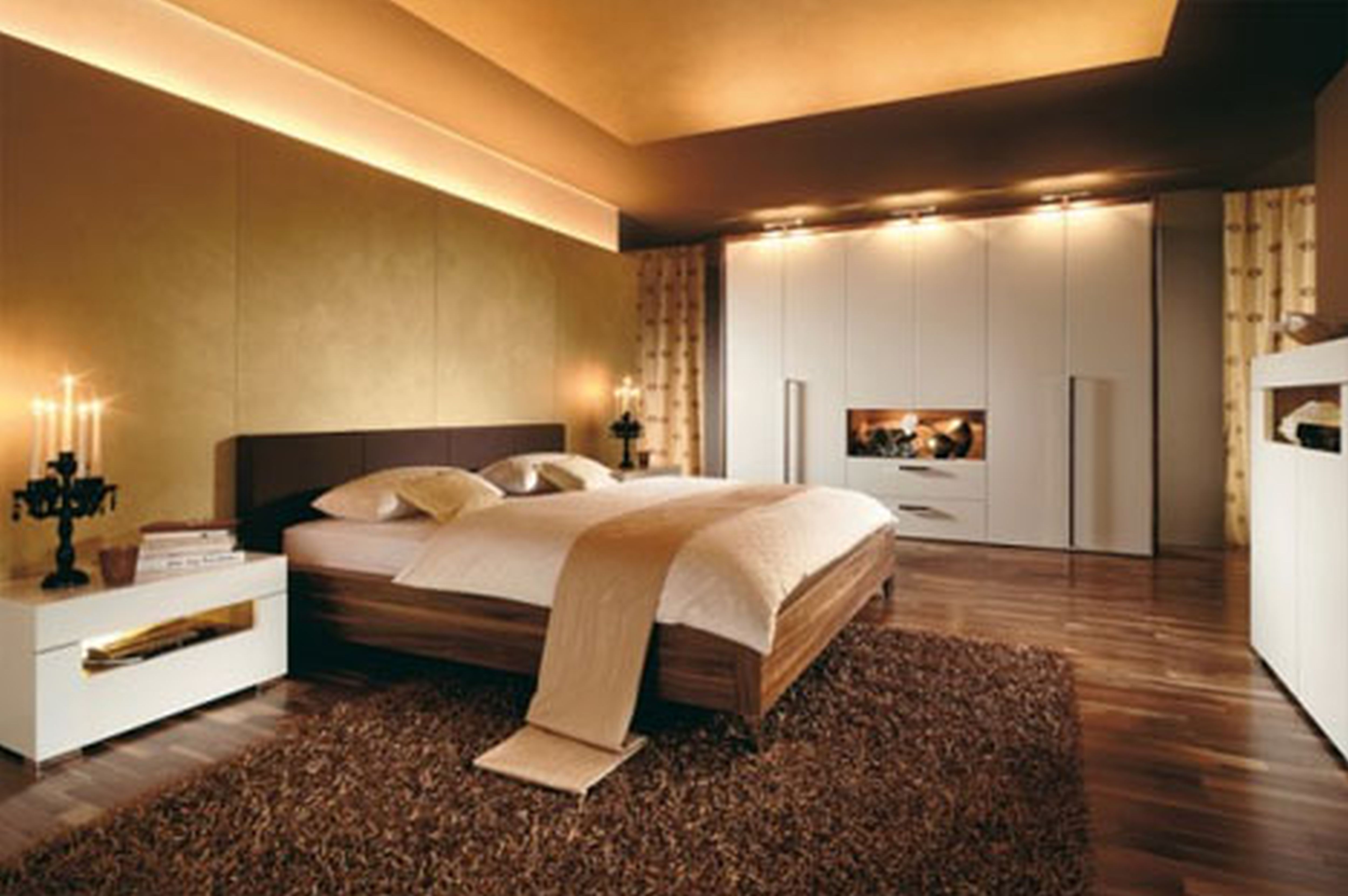The living room has been a central part of British homes for centuries, evolving and changing with the times. From its humble beginnings as a simple space for gathering and socializing, it has become a reflection of British culture, design, and style. Let's take a journey through the history of British living rooms and see how they have transformed over time.British living room history
The history of British living rooms can be traced back to the medieval times, where the main living space was the Great Hall. This large, open room served as a multi-functional space for eating, sleeping, and socializing. It was often the only room in the house and was used by the entire household, including servants and visitors. During the Tudor period, the Great Hall was gradually divided into smaller rooms, and the concept of a separate living room emerged. These rooms were still used for various purposes, but with a focus on leisure and entertainment. They were often adorned with luxurious furnishings and decorations, showcasing the wealth and status of the homeowner.History of British living rooms
The 18th and 19th centuries saw a rise in the popularity of interior design in Britain, with the upper class investing in lavish furniture and decor for their living rooms. These rooms became a reflection of the homeowner's taste and status, with a mix of styles such as Georgian, Victorian, and Regency. During the Industrial Revolution, there was a shift towards a more practical and functional approach to interior design. The middle class emerged, and with it, a desire for comfortable and cozy living rooms. The use of materials such as leather, velvet, and dark wood became popular, giving living rooms a more sophisticated and elegant feel.British interior design history
The 20th century brought significant changes to British living rooms. With the rise of technology and modernization, the living room became a space for entertainment and relaxation. The introduction of the television in the 1950s transformed the living room into a hub for family gatherings and socializing. In the 1960s and 1970s, there was a shift towards more casual and eclectic living room styles. The use of bright colors, bold patterns, and unconventional furniture became popular, reflecting the changing attitudes and values of society.Evolution of British living rooms
The 1980s and 1990s saw a return to more traditional and luxurious home decor styles. The living room became a space for showcasing expensive and designer furnishings, with a focus on elegance and opulence. This trend continued into the 2000s, with a growing interest in vintage and antique pieces. In recent years, there has been a move towards a more minimalist and contemporary approach to home decor. British living rooms have become more streamlined and functional, with a focus on clean lines and neutral colors. However, there is still a strong appreciation for traditional British home decor styles, with a modern twist.British home decor history
Furniture has played a significant role in the history of British living rooms. From the grand and ornate pieces of the past to the sleek and functional designs of today, British furniture has evolved alongside the changing styles and trends. In the early days, furniture was mainly made from wood, with intricate carvings and decorative details. In the 19th century, the use of upholstery and cushioning became popular, making furniture more comfortable and appealing. Today, British furniture is known for its high-quality craftsmanship and timeless designs.British furniture history
The architecture of British homes has also had a significant influence on the design of living rooms. From the grand and imposing manor houses of the past to the more modest terraced houses and modern apartments, British living rooms have adapted to suit different architectural styles. In the 20th century, there was a rise in the popularity of open-plan living spaces, with the living room merging seamlessly into the kitchen and dining area. This trend continues today, with many British homeowners opting for a more open and spacious living room layout.British home architecture history
British home design trends are ever-changing, influenced by a variety of factors such as culture, technology, and social values. In recent years, there has been a focus on sustainability and eco-friendliness in home design, with a growing interest in natural materials and energy-efficient features. Another trend in British home design is the incorporation of technology into living rooms. From smart TVs and sound systems to virtual assistants and home automation, technology has become an integral part of modern living rooms.British home design trends
British home decorating styles have evolved over time, reflecting the changing tastes and preferences of society. From the grand and luxurious styles of the past to the more contemporary and minimalist styles of today, British homeowners have a wide range of decorating options to choose from. Some popular British home decorating styles include traditional, modern, industrial, and country. Each style has its own unique characteristics and can be adapted to suit different living rooms and personal preferences.British home decorating styles
Furnishings play a crucial role in the design and functionality of British living rooms. From comfortable sofas and chairs to decorative rugs and curtains, furnishings add personality and warmth to a space. In the past, furnishings were often seen as a symbol of wealth and status, with expensive and luxurious pieces adorning the living room. Today, there is a growing interest in sustainable and ethical furnishings, with many British homeowners opting for eco-friendly and locally made products. In conclusion, the history of British living rooms is a reflection of the country's culture, design, and style. From the grand and opulent rooms of the past to the more practical and modern spaces of today, British living rooms continue to evolve and adapt to the changing times. Whether traditional or contemporary, British living rooms will always be a central part of homes, bringing people together and reflecting the unique personalities of their owners.British home furnishings history
The Evolution of the Living Room in British History

The Beginnings of the Living Room
 The living room, or ‘parlor’ as it was commonly known in British history, has been a staple in house design for centuries. However, its purpose and design have evolved significantly over time. In the early days of British history, the parlor was primarily used as a space for entertaining guests. It was typically located at the front of the house, with large windows to showcase the wealth and status of the homeowner. The furniture was often ornate and expensive, reflecting the social status of the family.
The living room, or ‘parlor’ as it was commonly known in British history, has been a staple in house design for centuries. However, its purpose and design have evolved significantly over time. In the early days of British history, the parlor was primarily used as a space for entertaining guests. It was typically located at the front of the house, with large windows to showcase the wealth and status of the homeowner. The furniture was often ornate and expensive, reflecting the social status of the family.
The Victorian Era
 During the Victorian era, the living room began to take on a more functional role in house design. As the Industrial Revolution brought about a rise in the middle class, the parlor became a space for the family to gather and spend time together. The furniture was still luxurious, but it was also more practical and comfortable. The Victorian living room was often adorned with rich fabrics, intricate patterns, and heavy drapes.
During the Victorian era, the living room began to take on a more functional role in house design. As the Industrial Revolution brought about a rise in the middle class, the parlor became a space for the family to gather and spend time together. The furniture was still luxurious, but it was also more practical and comfortable. The Victorian living room was often adorned with rich fabrics, intricate patterns, and heavy drapes.
The Modern Living Room
 In the early 20th century, the living room underwent another transformation. With the rise of modernism, there was a shift towards simplicity and functionality in house design. The living room became a space for relaxation and leisure, with comfortable sofas and chairs replacing the formal and stiff furniture of the past. The walls were painted in lighter, more neutral colors, and natural light was welcomed into the room through large windows.
In the early 20th century, the living room underwent another transformation. With the rise of modernism, there was a shift towards simplicity and functionality in house design. The living room became a space for relaxation and leisure, with comfortable sofas and chairs replacing the formal and stiff furniture of the past. The walls were painted in lighter, more neutral colors, and natural light was welcomed into the room through large windows.
Today's Living Room
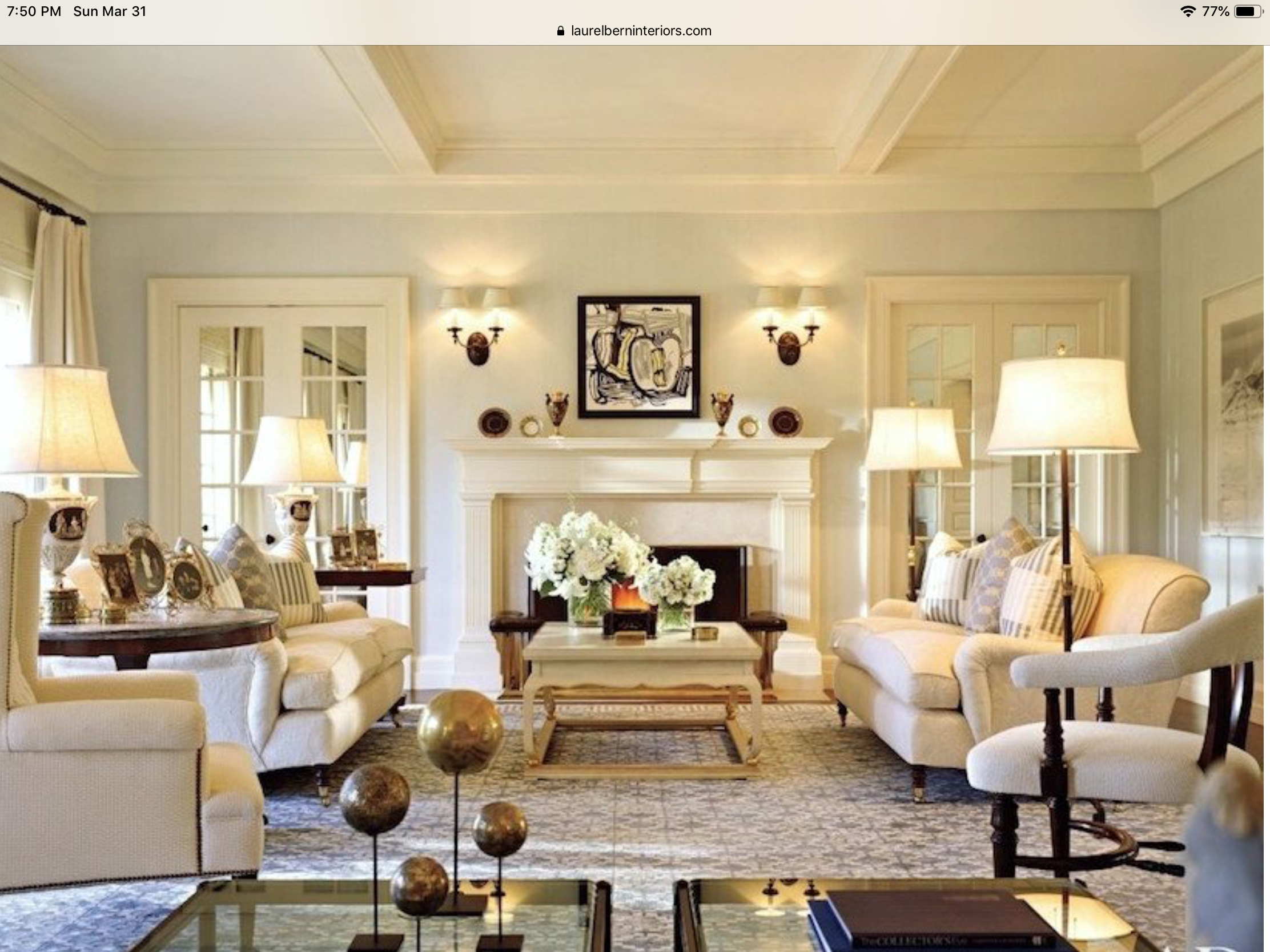 Today, the living room continues to be a central part of house design in British homes. It is a multi-functional space that serves as a place for socializing, watching TV, working, and even exercising. The furniture and decor choices are a reflection of personal style, rather than social status. Modern living rooms often feature a mix of old and new, with vintage pieces complementing contemporary designs. The use of technology has also become a common feature, with smart TVs, sound systems, and other gadgets seamlessly integrated into the living room.
Today, the living room continues to be a central part of house design in British homes. It is a multi-functional space that serves as a place for socializing, watching TV, working, and even exercising. The furniture and decor choices are a reflection of personal style, rather than social status. Modern living rooms often feature a mix of old and new, with vintage pieces complementing contemporary designs. The use of technology has also become a common feature, with smart TVs, sound systems, and other gadgets seamlessly integrated into the living room.
In Conclusion
 The living room has come a long way in British history, from a formal and elitist parlor to a functional and personal space in modern homes. Its evolution reflects the changing values and lifestyles of society, and it continues to adapt to meet the needs of each generation. As house design continues to evolve, the living room remains a vital part of the home, serving as a hub for relaxation, entertainment, and family bonding.
The living room has come a long way in British history, from a formal and elitist parlor to a functional and personal space in modern homes. Its evolution reflects the changing values and lifestyles of society, and it continues to adapt to meet the needs of each generation. As house design continues to evolve, the living room remains a vital part of the home, serving as a hub for relaxation, entertainment, and family bonding.
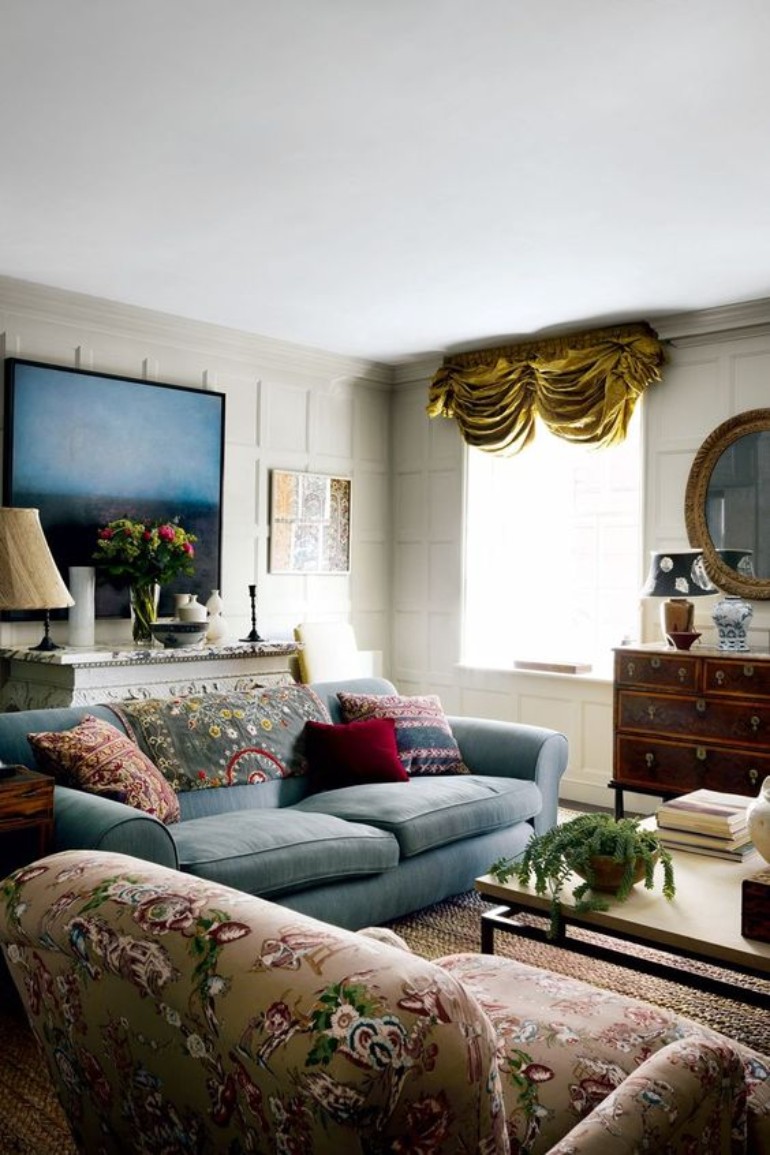





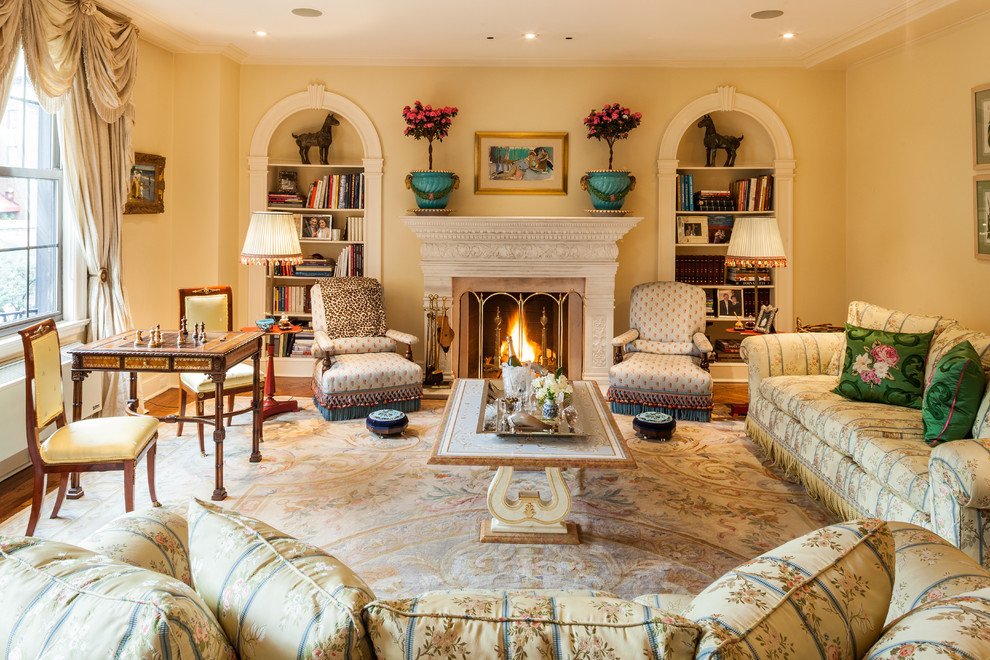


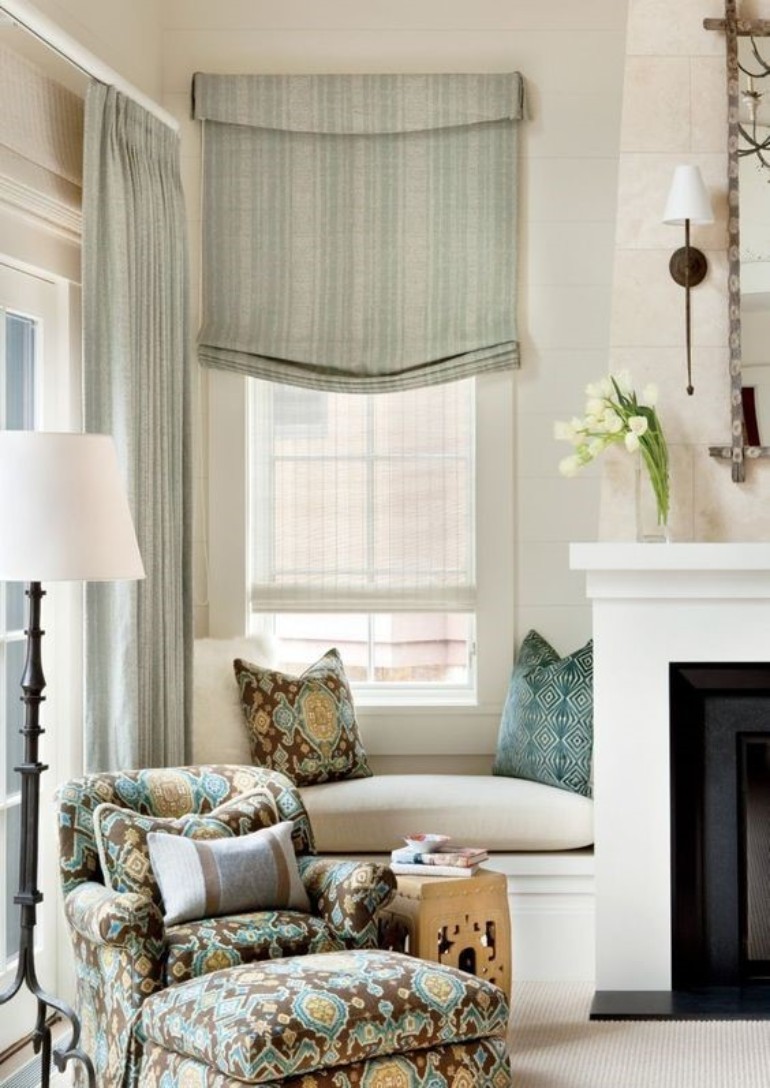




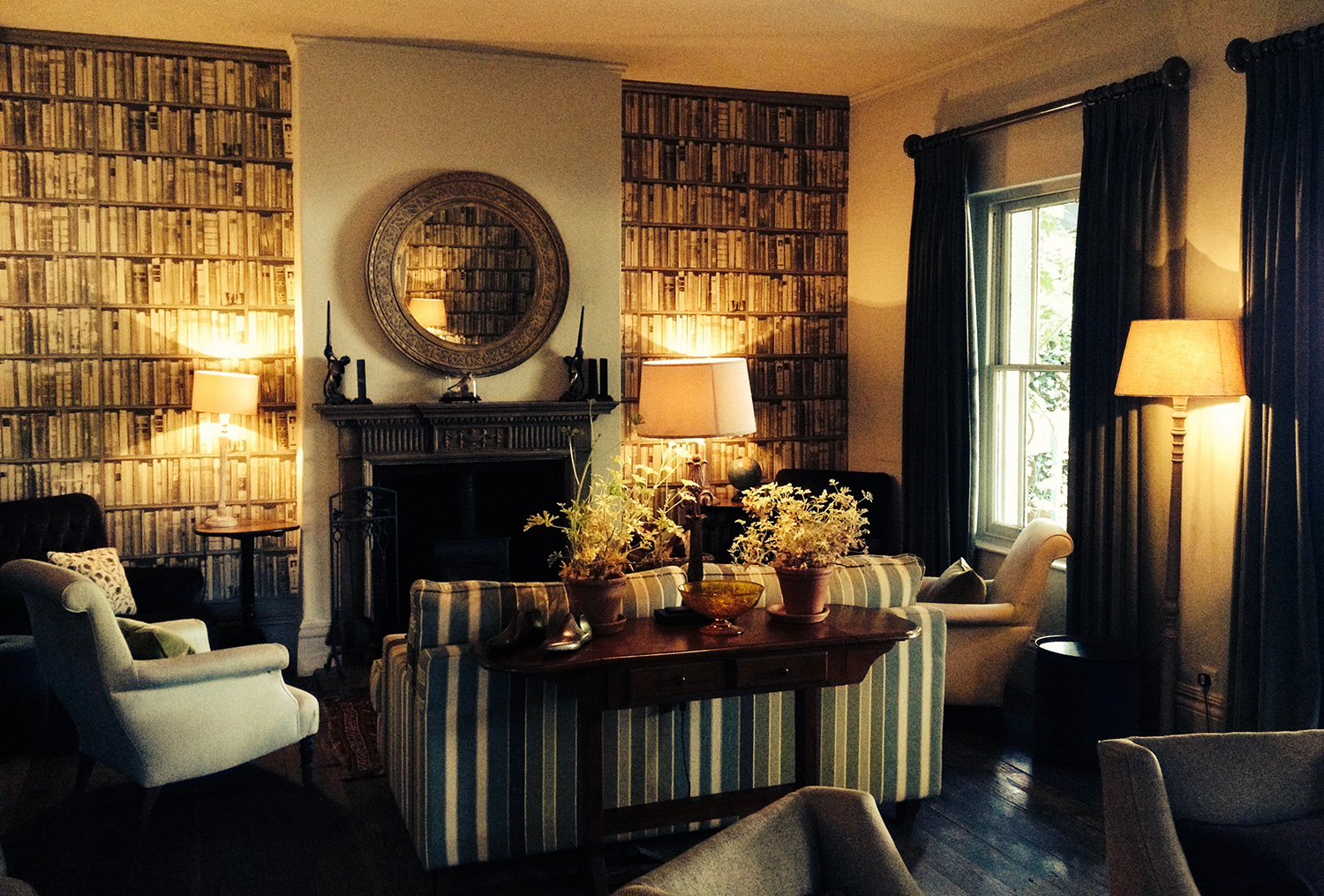










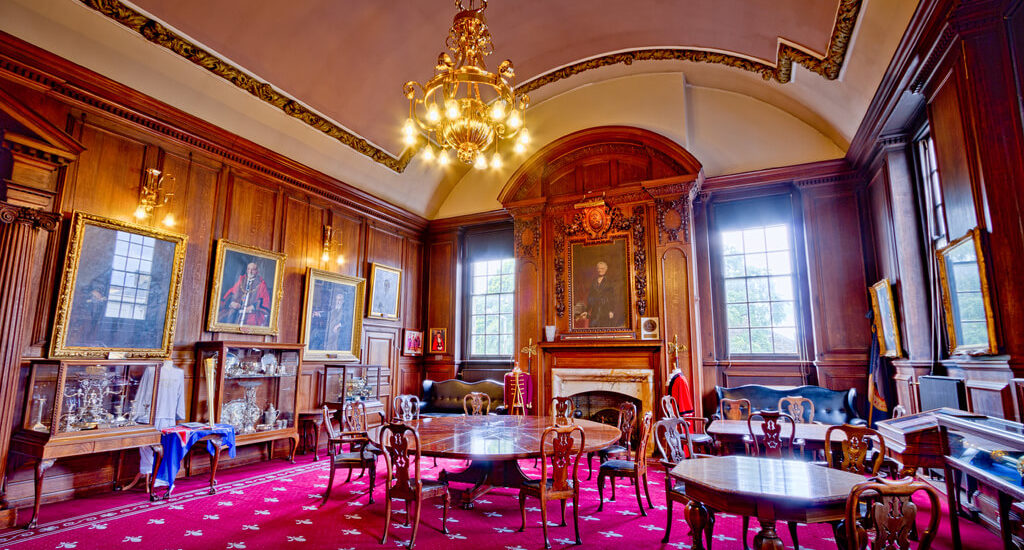
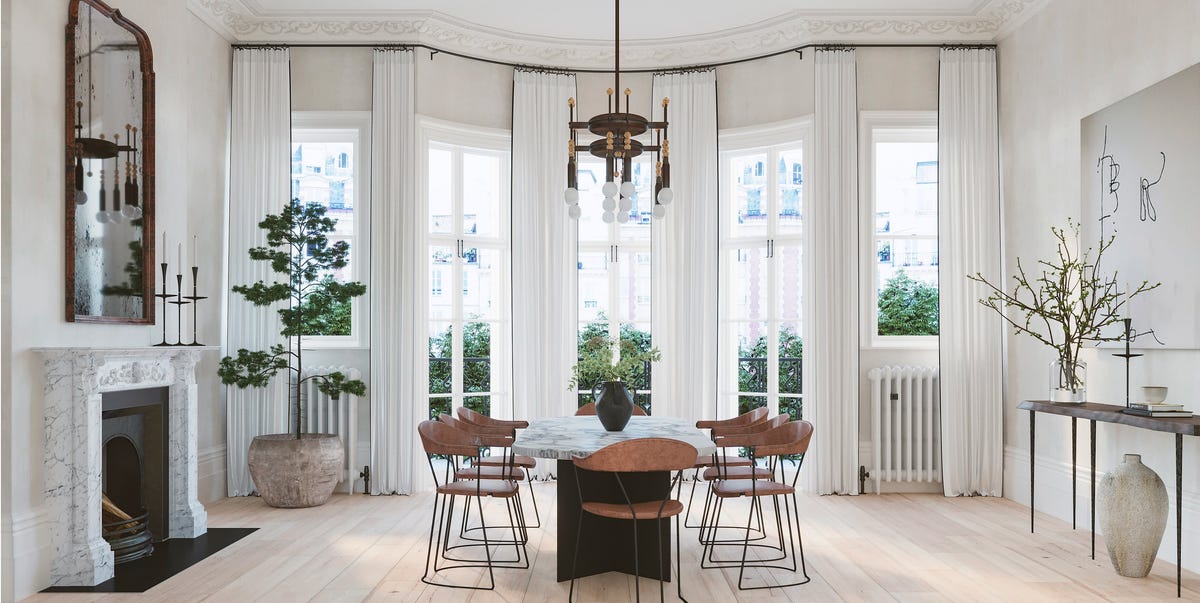
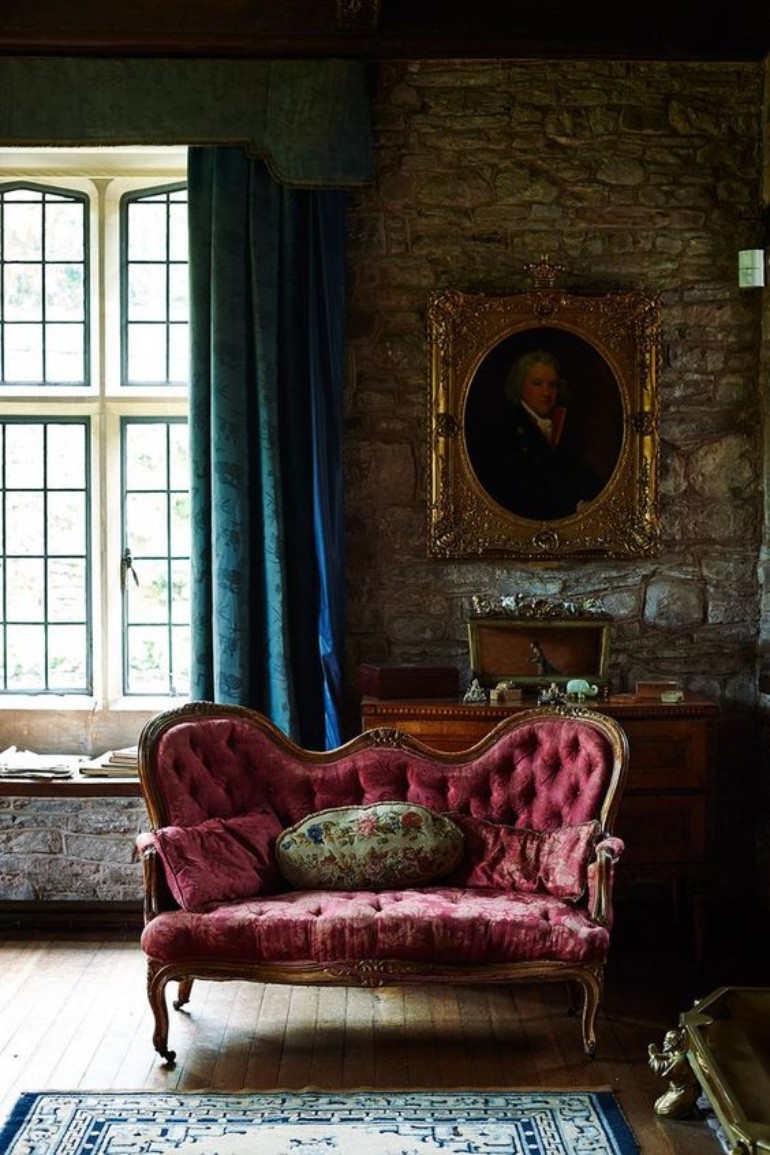






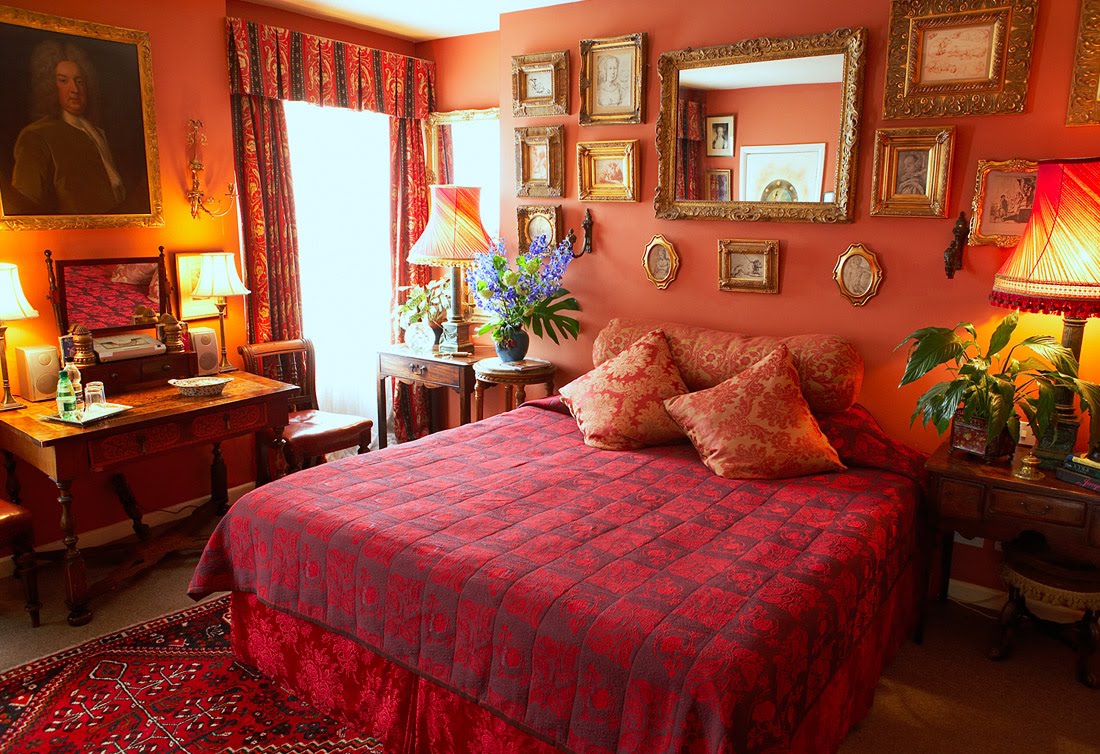









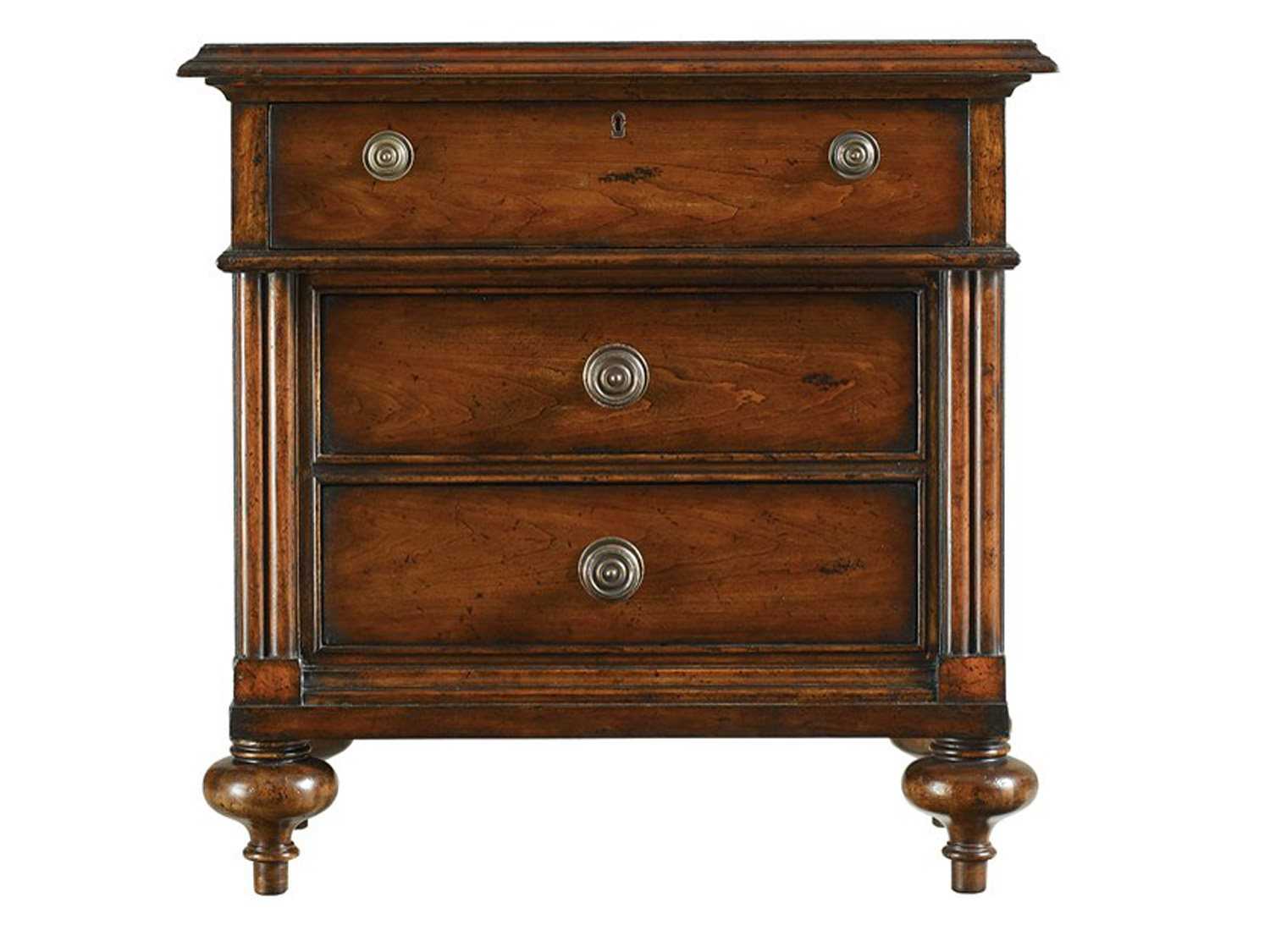









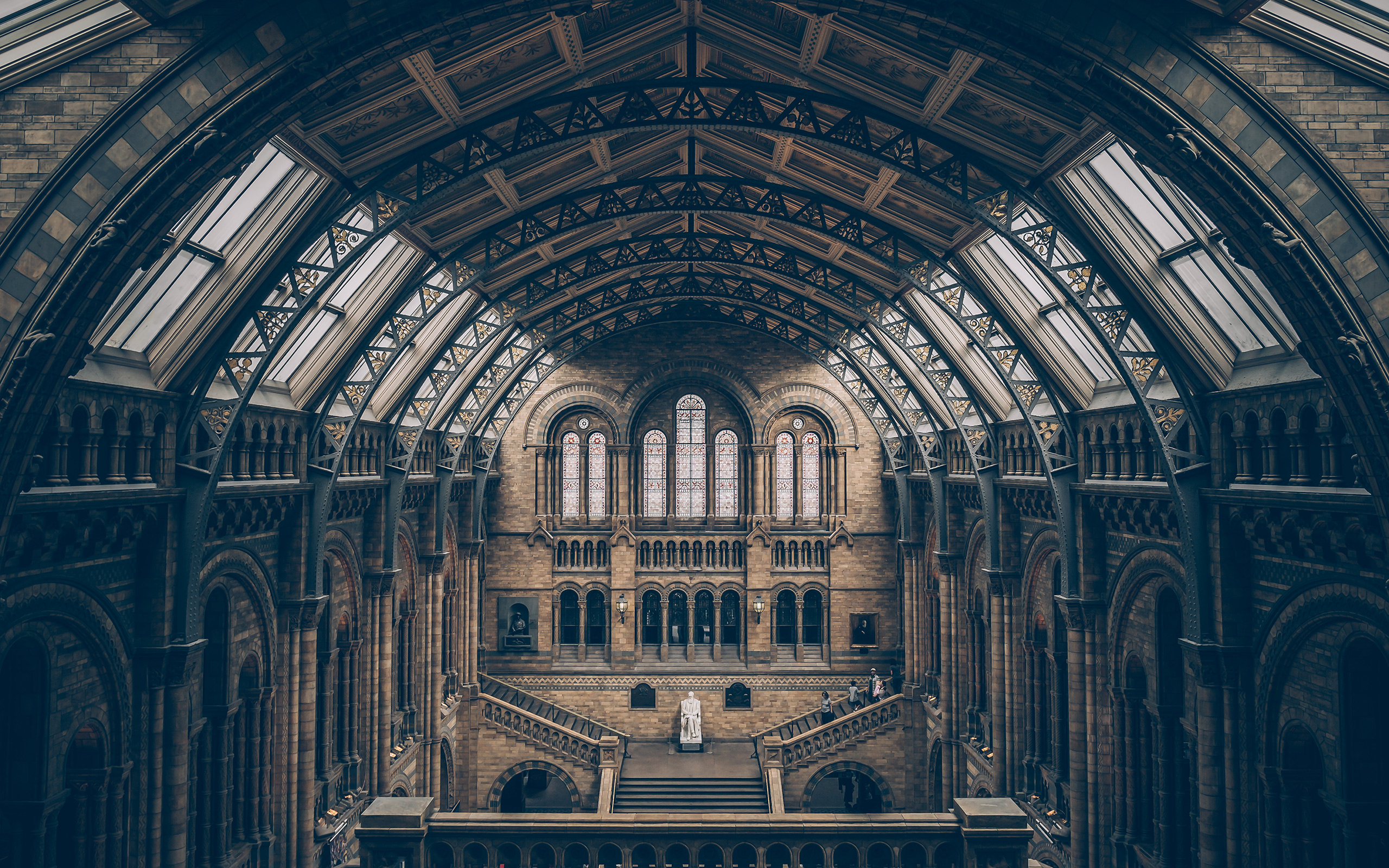



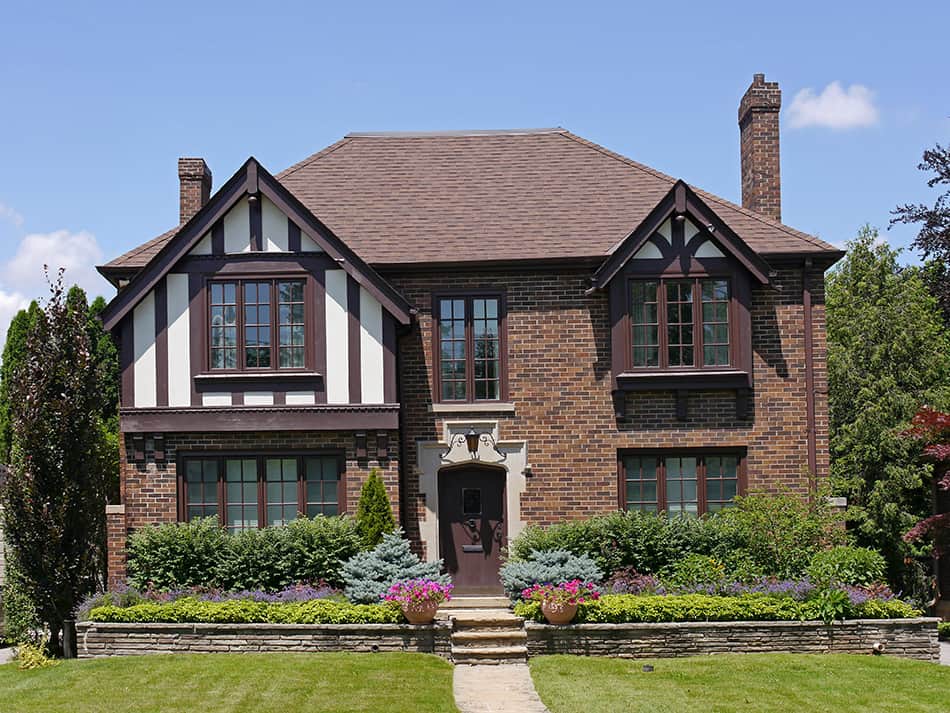


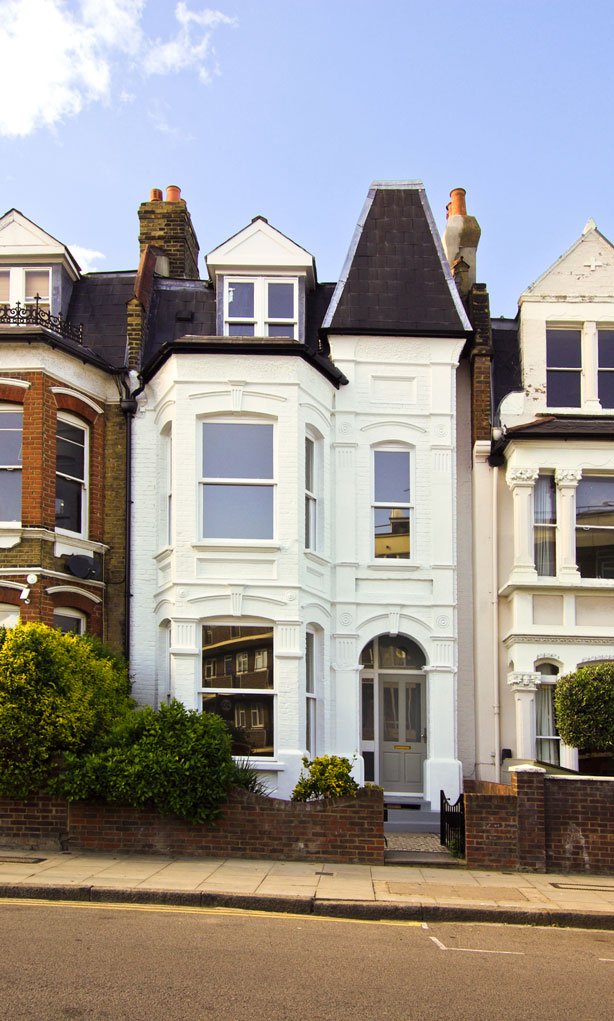
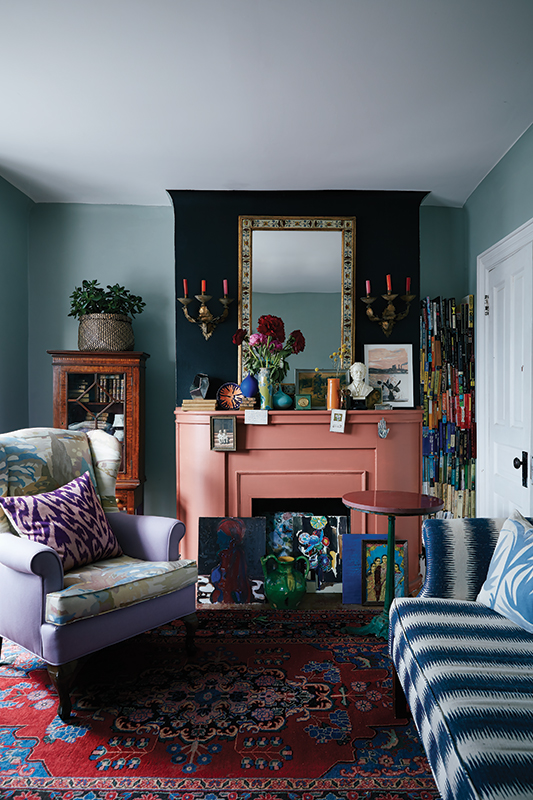

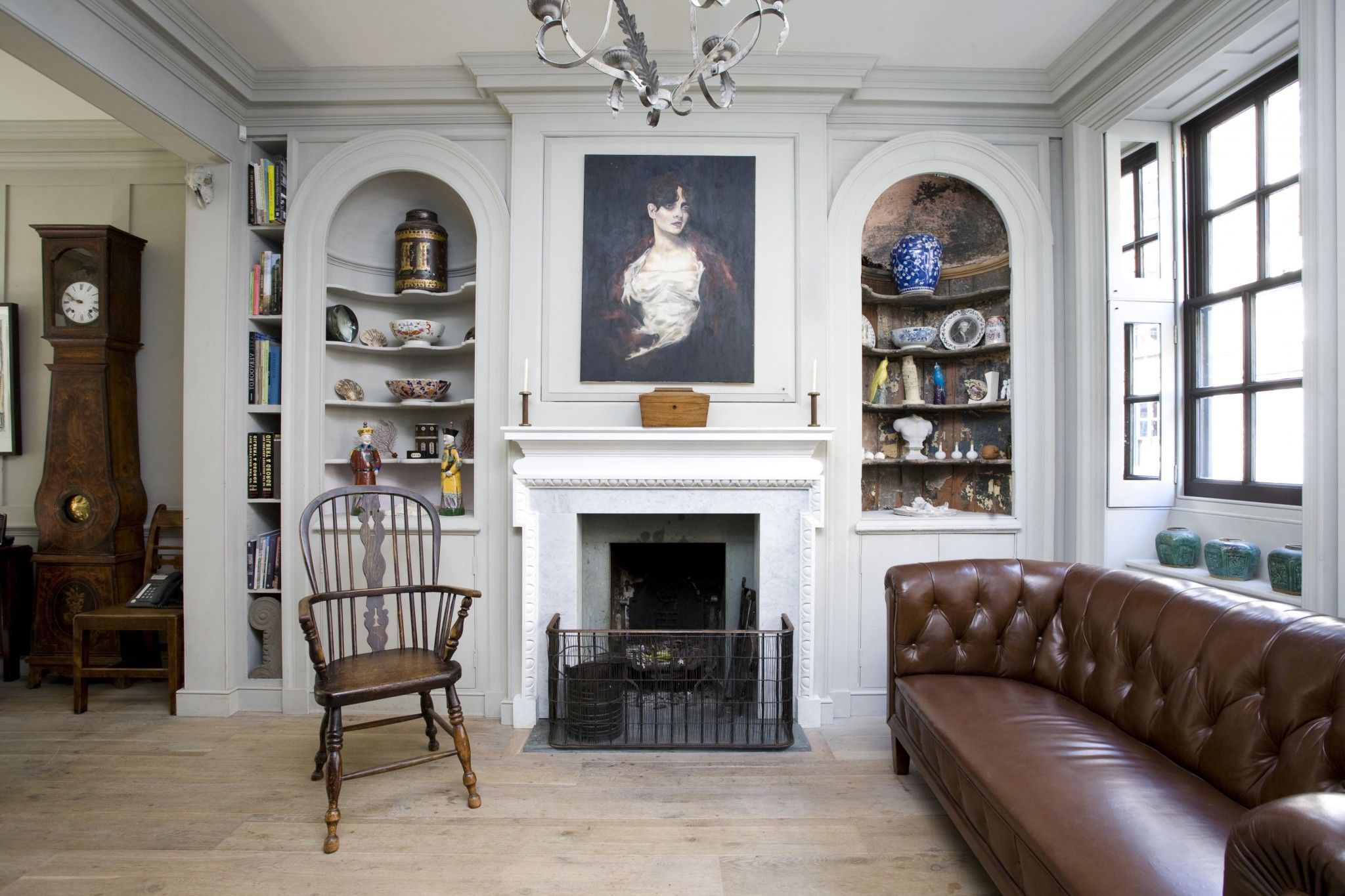
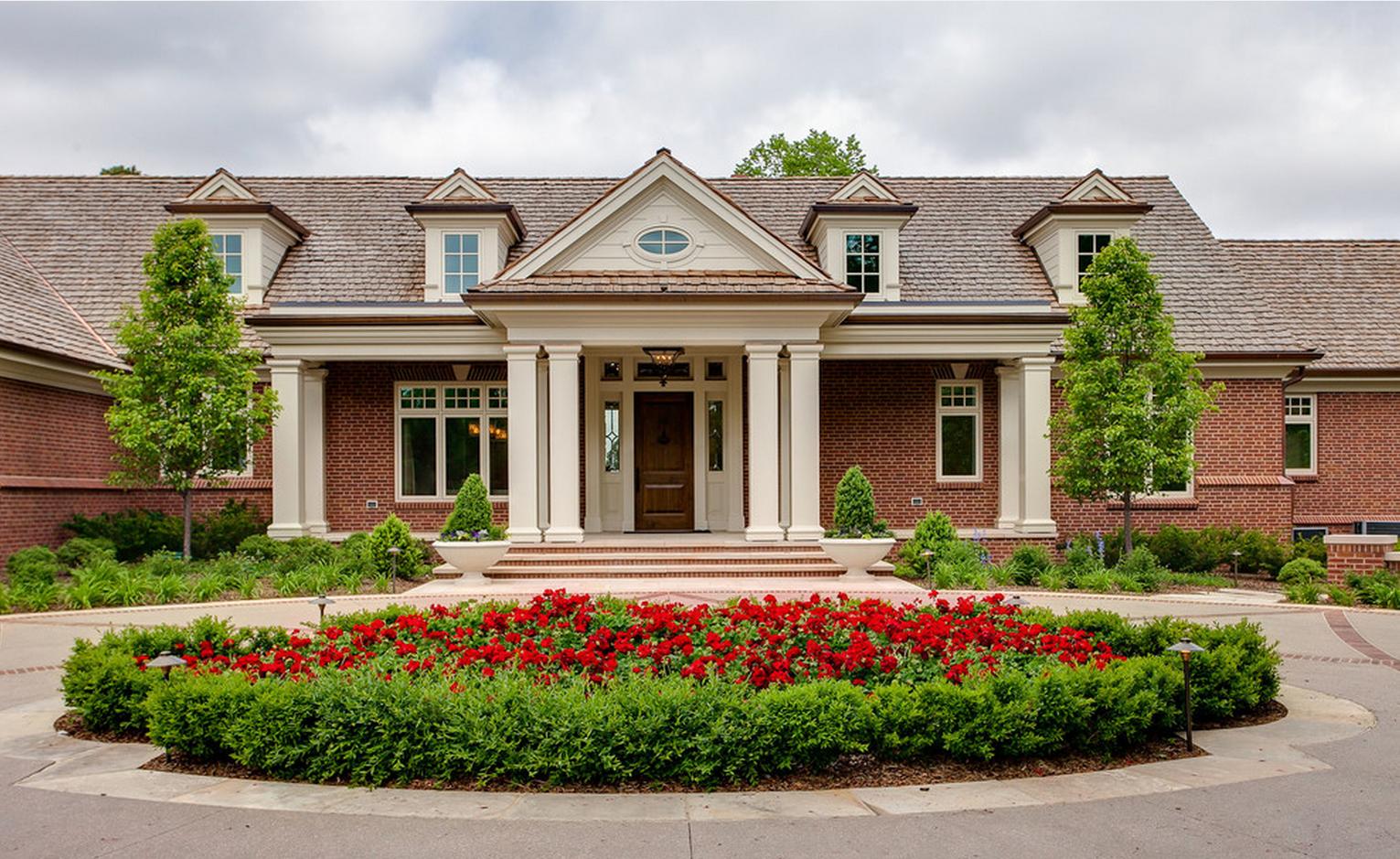



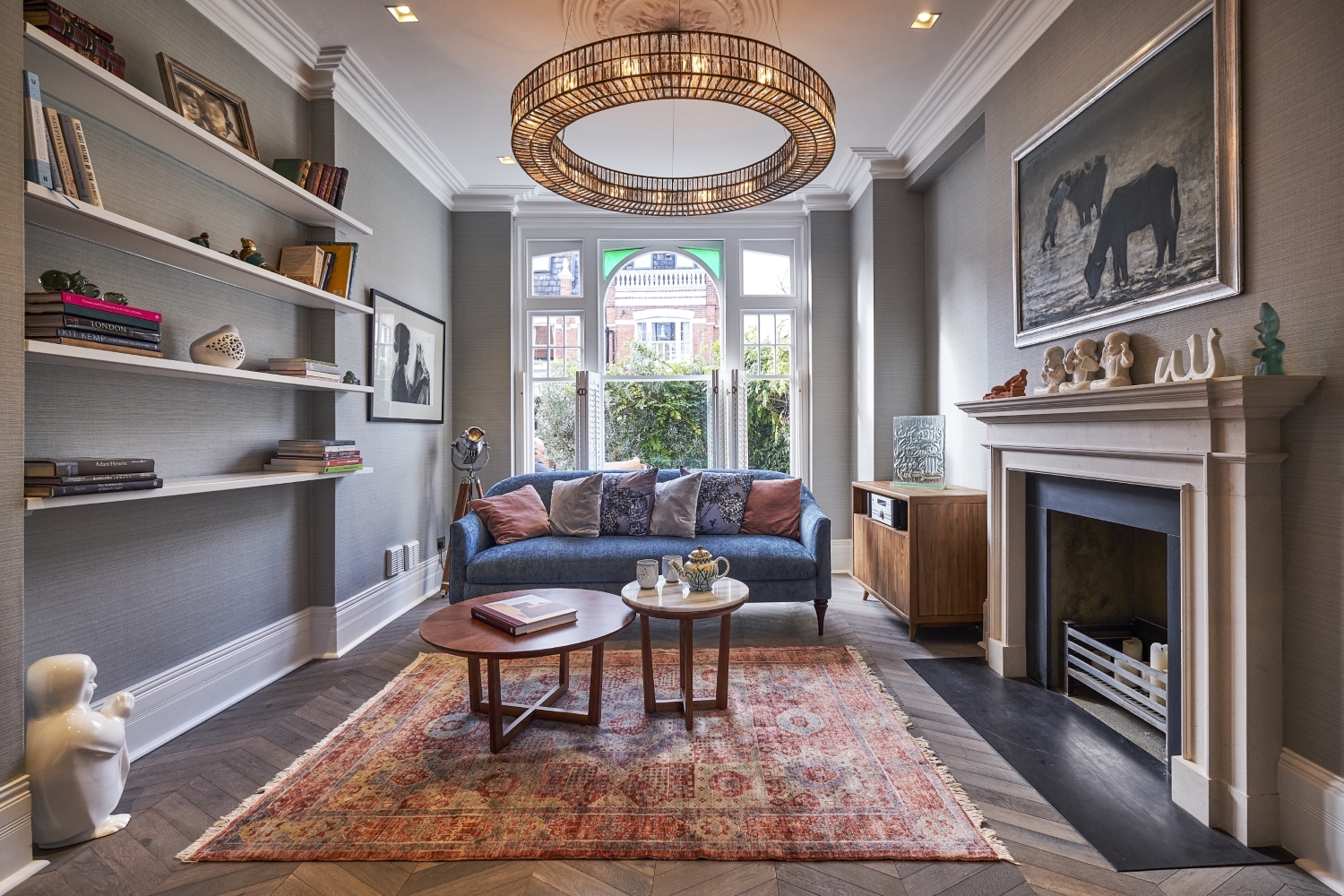





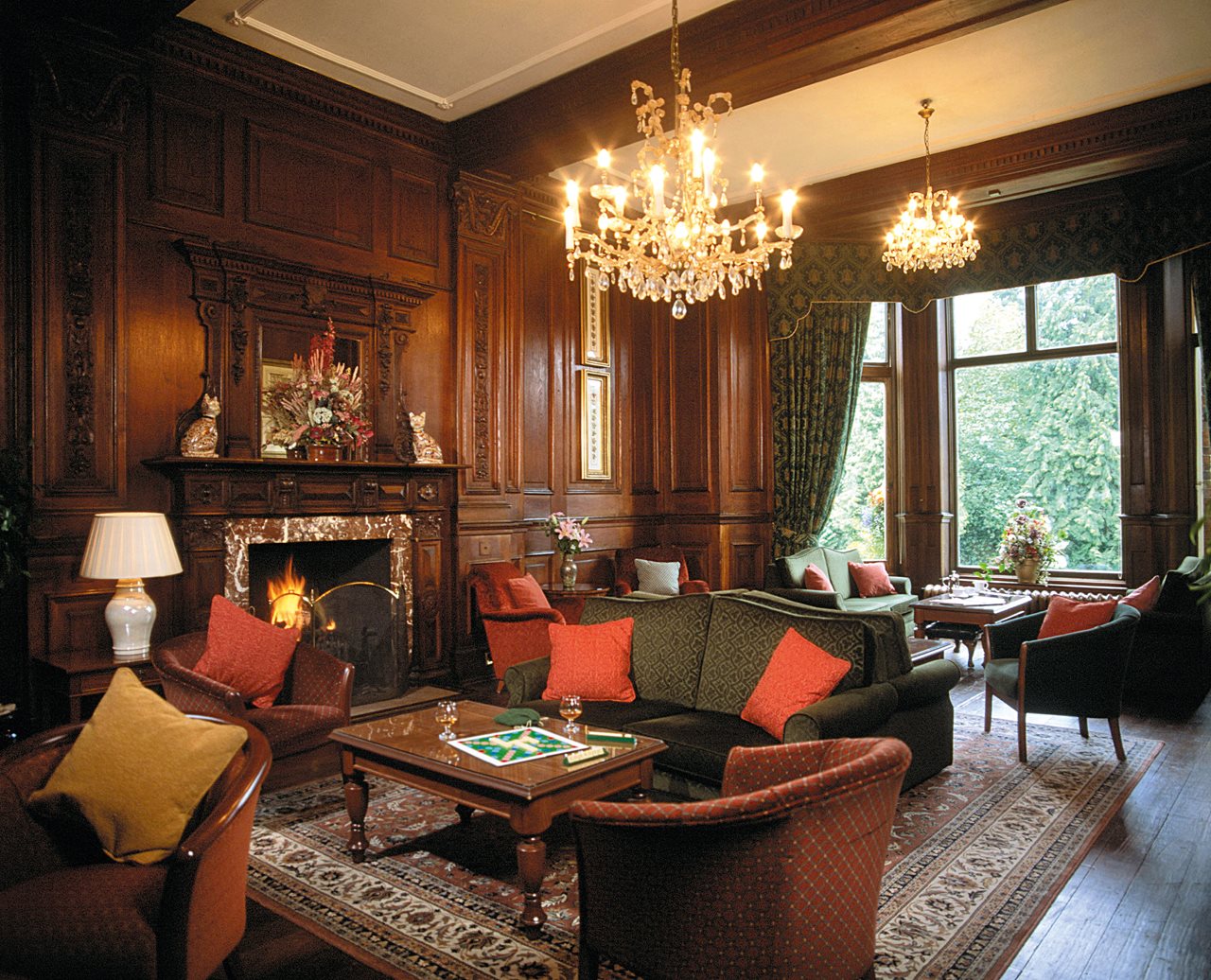
:max_bytes(150000):strip_icc()/helfordln-1-7556f8609cb94144b0fca16114979ecb.jpg)

